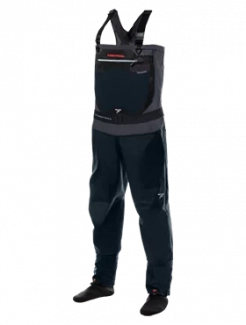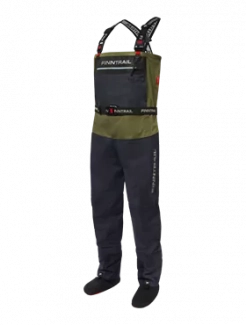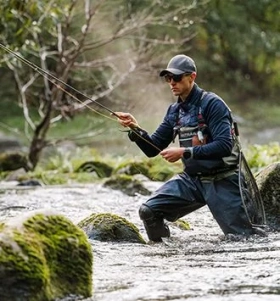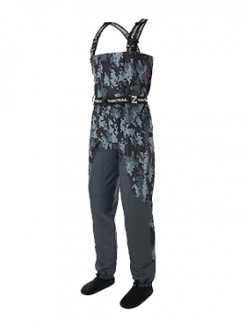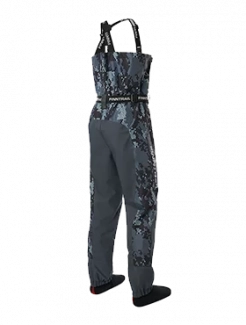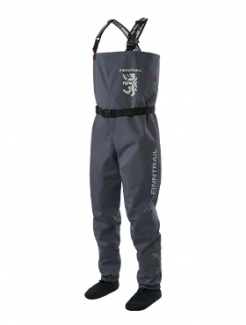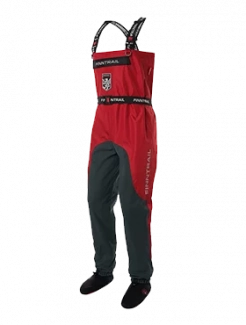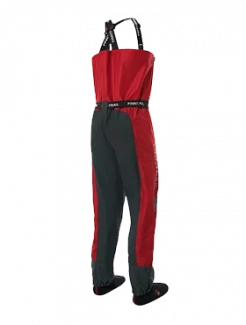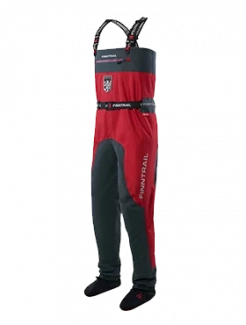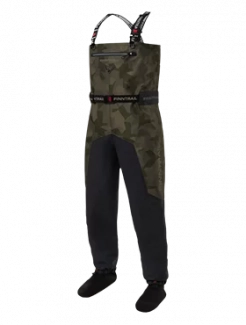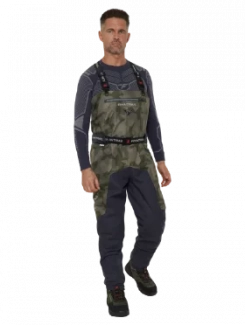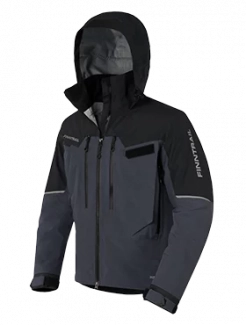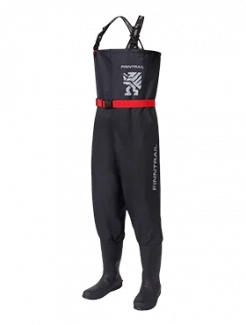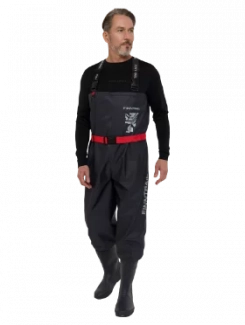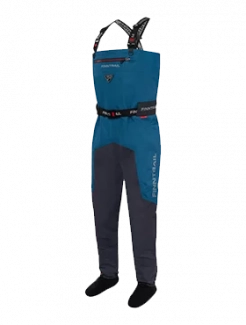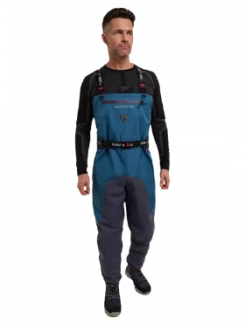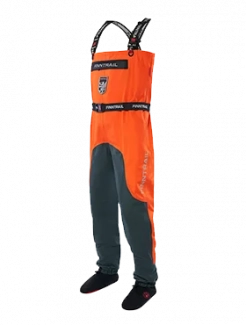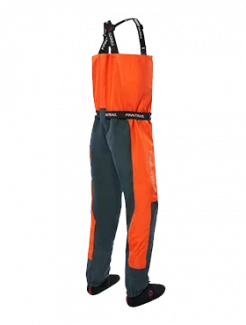A Guide to Urban Fly Fishing
Urban fly fishing may sound like a contradiction—after all, fly fishing is traditionally associated with serene rivers far from civilization, flanked by whispering pines and mountain silence. But today’s anglers are redefining the sport by bringing it to city parks, canals, and urban streams. Whether you're chasing trout near Park City or casting into a shadowed river beneath a skyline, urban fly fishing offers a refreshing blend of nature and convenience that speaks to a new generation of outdoor enthusiasts.
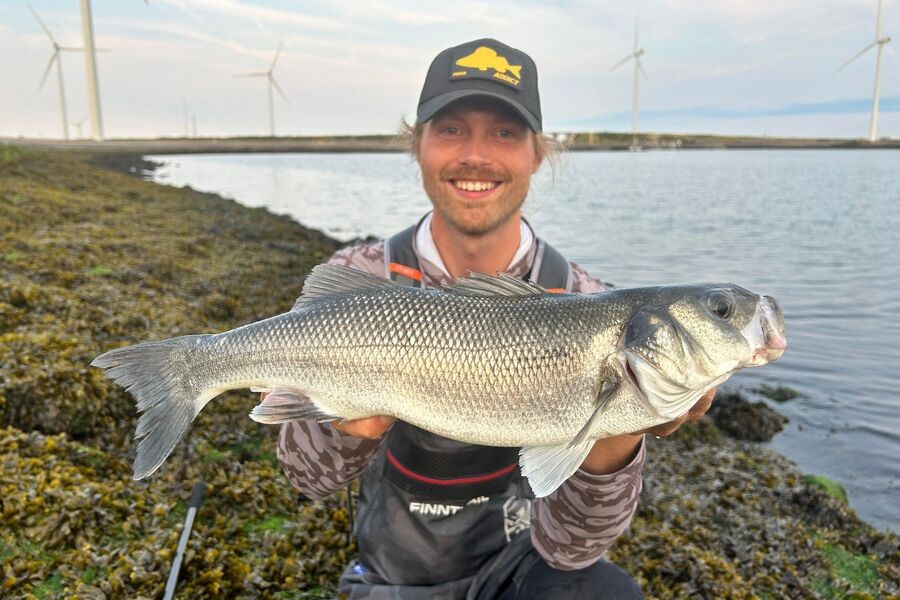
What Is Urban Fly Fishing?
According to the fly fishing urban dictionary—or rather, the collective wisdom of modern anglers—urban fly fishing refers to practicing the sport in city settings. This could mean rivers running through metropolitan areas, hidden creeks in public parks, stormwater retention ponds, or even repurposed industrial zones where nature has crept back in. These urban blueways often go unnoticed by most residents, yet offer surprisingly good fishing when you know where to look.
What makes urban fly fishing stand out is its juxtaposition: wild fish swimming beneath concrete bridges, or peaceful casts being made within earshot of a subway line. These contradictions challenge traditional ideas about where fly fishing “belongs” and who it’s for. As it turns out, the sport is more versatile—and accessible—than ever before.
Why Urban Fly Fishing is Worth Exploring
Urban fly fishing isn’t just a backup plan when you can’t escape to the mountains. It’s a legitimate and rewarding pursuit in its own right. City waters often hold resilient fish—from trout and carp to bass and panfish—that have adapted to fluctuating water quality and human activity. The urban environment demands a unique kind of angler—one who is observant, resourceful, and willing to explore hidden corners of the map.
The thrill of landing a fish beneath a graffitied bridge or amid high-rise reflections offers a different kind of satisfaction. You're not just catching fish—you're uncovering overlooked ecosystems and reclaiming a relationship with your environment. The sense of discovery is strong: every fish feels like a secret, every good spot a minor miracle.
The Appeal of Fly Fishing in Park City
If you’re thinking of trying urban fly fishing near the mountains, fly fishing Park City is a perfect entry point. Known for its stunning views, vibrant arts scene, and active lifestyle, Park City also happens to be one of the best fly fishing towns in the U.S. The area blends urban convenience with easy access to wild, fish-rich rivers.
The Provo River, which flows just outside the city, offers blue-ribbon trout fishing with all the access perks of an urban destination. The Weber River is another close-by gem, ideal for both quick afternoon sessions and full-day excursions. Even within city limits, you'll find smaller streams and accessible waters worth exploring.
Park City fly fishing guides are available year-round and offer deep insights into local conditions. They can teach you how to read mountain-fed urban water, choose seasonal fly patterns, and refine your cast for success in tighter, city-style spots. Curious about Park City winter fly fishing? Local guides know how to make the most of cold-season opportunities, including midge hatches and low-traffic river days.
Tactics for Successful City Casting
Fly fishing in an urban setting requires flexibility and adaptation. Water clarity can vary daily. Noise and pedestrian activity may spook fish. And space is often limited. But with patience, mindfulness, and a strategic approach, success is well within reach.
Here are some tips for thriving in city waters:
-
Dress Low-Key: Bright clothing can alert fish, especially in clear shallow streams. Stick to earth tones that help you blend into your surroundings.
-
Stay Stealthy: Avoid sudden movements, and walk gently near the water. Fish in urban settings are often quick to flee at the first sign of danger.
-
Read the Water: Look for likely holding spots—shaded eddies, submerged structure, culvert mouths, and bridge pilings.
-
Adjust Your Flies: Urban fish often respond best to small, natural-looking flies. Think midges, soft hackles, and nymphs that mimic aquatic insects thriving in the urban runoff.
-
Time It Right: Early mornings and evenings tend to be quieter, both in terms of human traffic and fish activity. These windows can increase your chances of hooking something memorable.
Finding Fly Fishing Magic Close to Home
One of the greatest joys of urban fly fishing is its accessibility. You can finish a full workday and be casting in under an hour. No need for a remote lodge, a long road trip, or weeks of planning. A simple rod-and-reel setup, a handful of flies, and a sense of curiosity are all you need to begin.
Urban fishing also opens doors for new anglers. Living in a city no longer means you’re cut off from nature. In fact, you may be closer than you think. Many communities are investing in stream restoration and green spaces, creating new opportunities for fish to thrive—and for people to reconnect with local waterways.
Why It Matters
At its heart, urban fly fishing is about reconnection. It’s about reclaiming the forgotten streams running beneath overpasses, finding solitude in a patch of nature between buildings, and learning that wildness isn’t always miles away—it can be right under your feet. In a time when schedules are packed and nature feels increasingly distant, the ability to find it within arm’s reach is a gift.
So whether you're exploring the edges of your local park, planning a weekend in one of the best fly fishing towns like Park City, or looking for Park City fly fishing guides to help you get started, urban fly fishing invites you to rediscover both your city and your sport.
It’s not about escaping the urban world—it’s about seeing it differently, one cast at a time.

